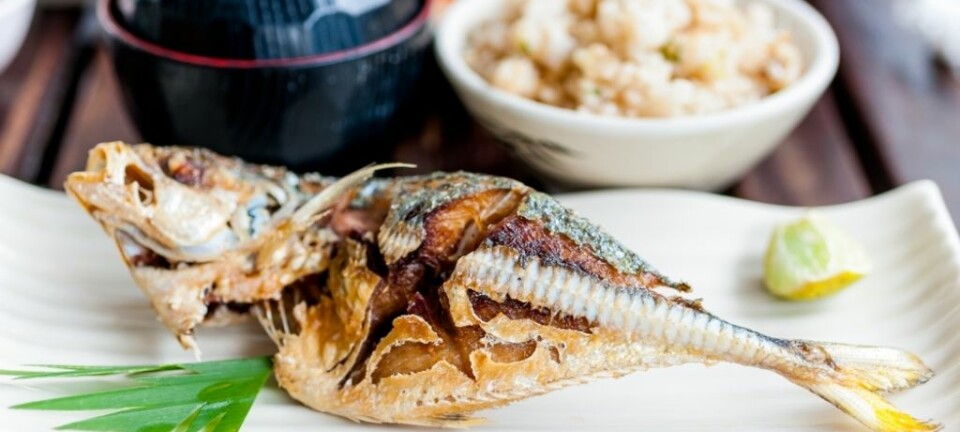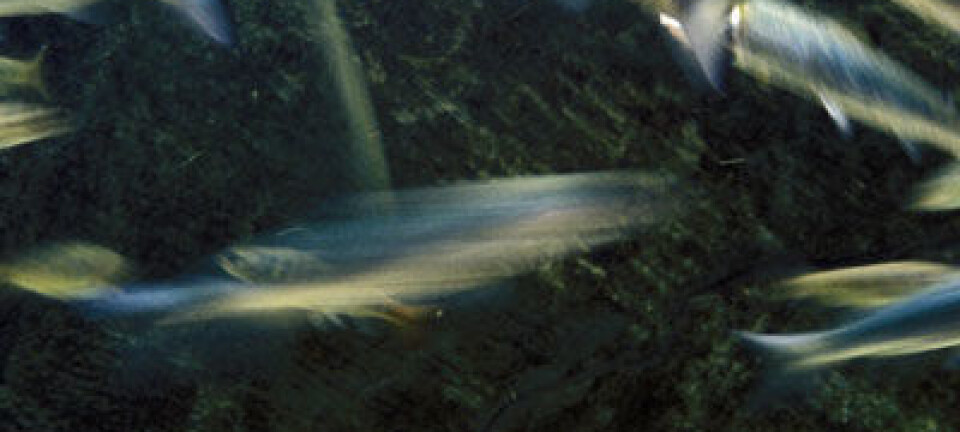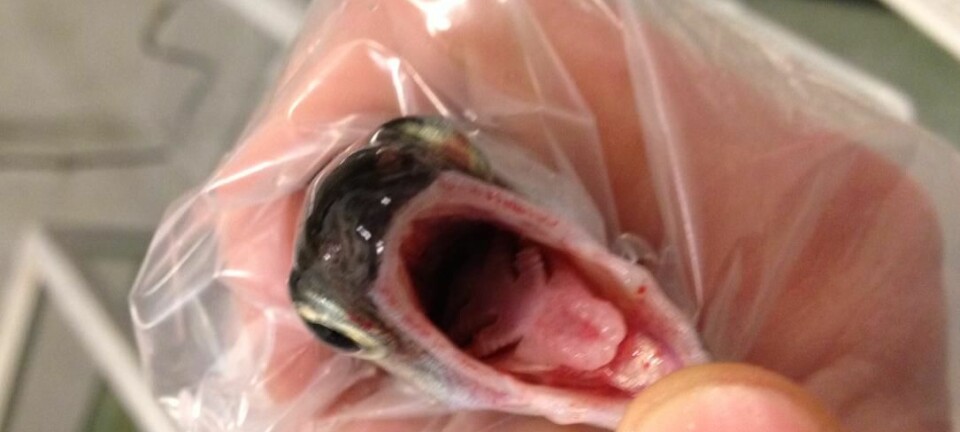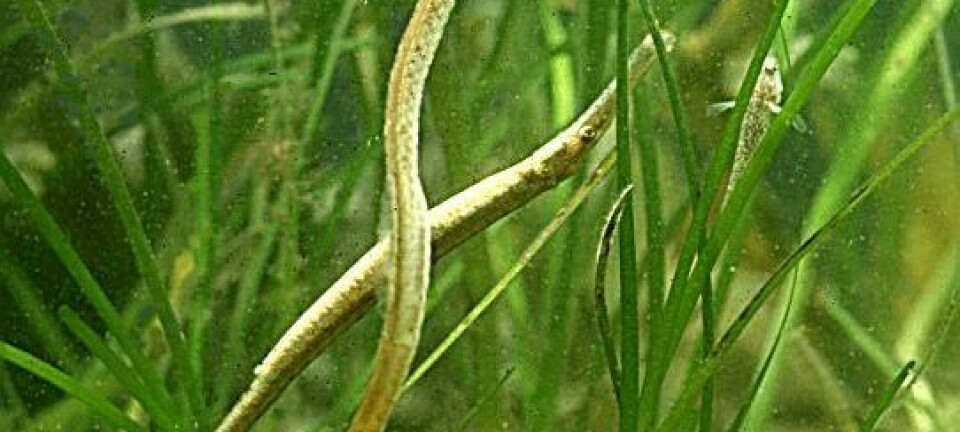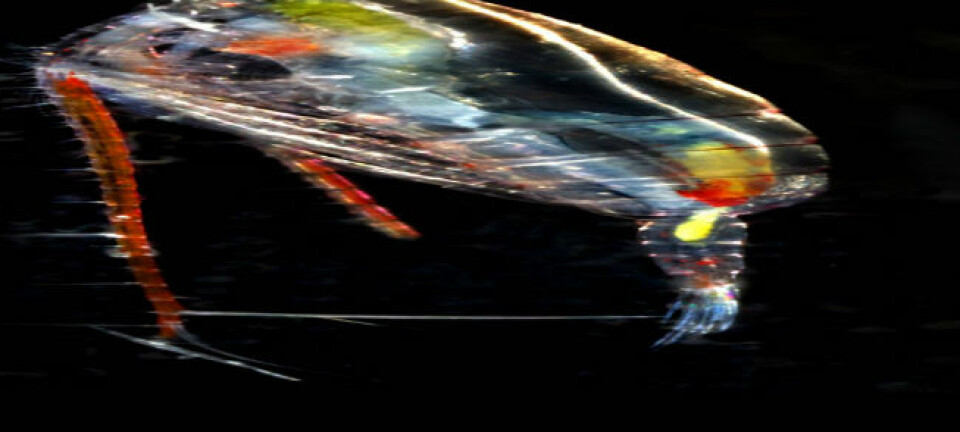This article was produced and financed by Institute of Marine Research
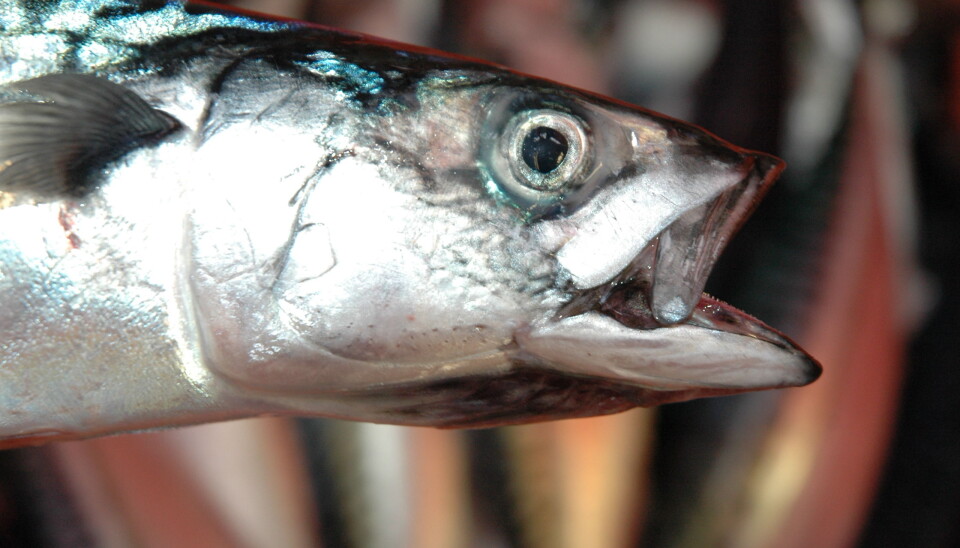
The mackerel is out of shape
In recent years, mackerel stocks have been thriving, both in terms of their numbers and distribution. But the individual mackerel are not doing so well. They are growing more slowly and have become thinner, probably due to tough competition for food within the population.
Denne artikkelen er over ti år gammel og kan inneholde utdatert informasjon.
The study, which is the work of scientists at the Institute of Marine Research and colleagues in Iceland and the Faroe Islands, is based on biological data from precisely 26,084 individual mackerel in the age range 3¬–8 years. The fish have been sampled from the Norwegian commercial purse seine fishery over the period 1984 to 2013.
Dramatic reduction
The study found that mackerel growth rate (increase in body length and weight at a given age) and condition (weight at a given length) at the end of the feeding season were affected by so-called density-dependent factors. This means that individual mackerel suffer if the overall number of mackerel increases.
“It is normal for the growth rate and condition of fish to vary slightly with fluctuations in the population, but the observed impact on mackerel is unusually large. There was a dramatic reduction between 2005 and 2013, when these measures reached record lows. For example, an average eight-year-old mackerel in 2013 weighed the same as an average four-year-old mackerel in 2005,” says Aril Slotte, who is one of the authors of the article and who leads the pelagic fish research group at the Institute of Marine Research.
Less successful than their predecessors
Slotte explains that there may be two mechanisms at work. Firstly, higher mackerel density in the feeding grounds means less food for each individual. Secondly, the greater distribution of the stock in summer means that mackerel are using more energy on migrating between their spawning and feeding grounds. For individual mackerels this means that they are less successful than their predecessors.

The aim of a mackerel, like everything else in nature, is to pass on its genes to future generations. If its growth rate is much slower and it is thinner than normal after the feeding season, it is less likely to produce offspring that survive.
The growth rate and condition of a mackerel have an impact on both its chance of survival and the amount of energy that it can invest each year on migrating to and from the spawning grounds and on producing spawn.
This internal battle for resources within the population also affects fishers, since the size of the mackerel influences the price they receive for their quotas.
The value of long time series
“The Institute of Marine Research is probably in possession of Europe’s largest collection of biological samples of mackerel, and the technicians at the Institute’s pelagic department spend a huge amount of time taking samples from various water bodies throughout the year,” says Slotte.
“This has resulted in long time series that can reveal changes over time in mackerel, herring and other important pelagic species. These time series are based on samples from the commercial purse seine fishery for mackerel, which are taken in autumn in the southern Norwegian Sea and northern North Sea. The samples, which come from schools with up to several hundred tonnes of fish, are thought to provide representative data for the state of the stock and its annual feeding success – vital information for this kind of study,” says Slotte.
He emphasises that this contribution from the fishing industry is very valuable both for advisory activities and research.
Herring get to the dinner table first
Temperature, which often affects the growth rate and condition of fish, does not appear to have been a significant contributing factor to the changes observed in mackerel on this occasion. However, the results indicate that the size of the herring population may play a role.
“Herring and mackerel compete for the same prey, and although there is hardly any direct overlap between them when grazing in the Norwegian Sea, we assume that in combination they can reduce the annual population of prey."
"Another issue is that herring start grazing in May, whereas most mackerel reach the area one or two months later. In theory, if a large herring stock gets to the dinner table first, this may reduce the food available to mackerel,” says Slotte.







